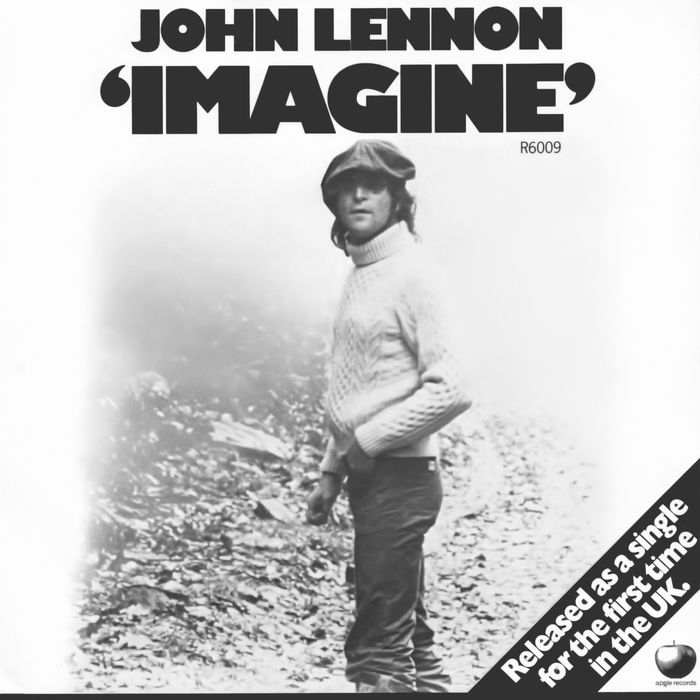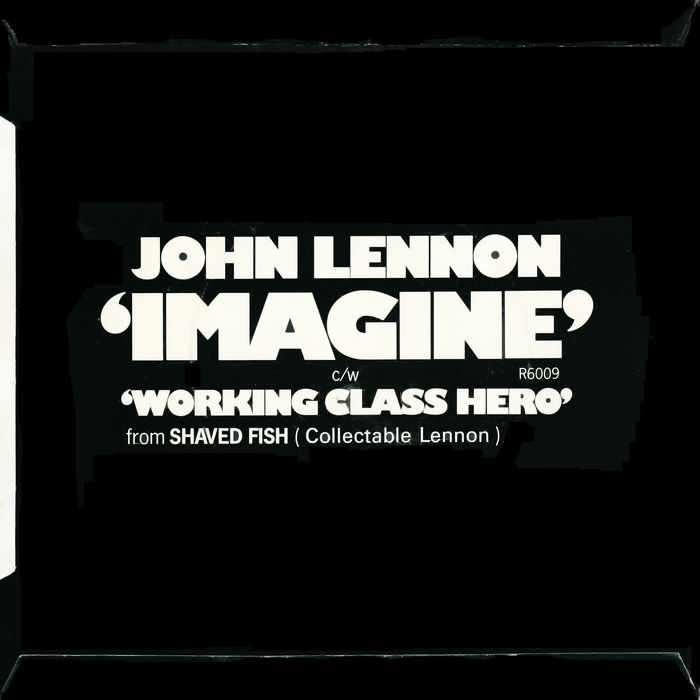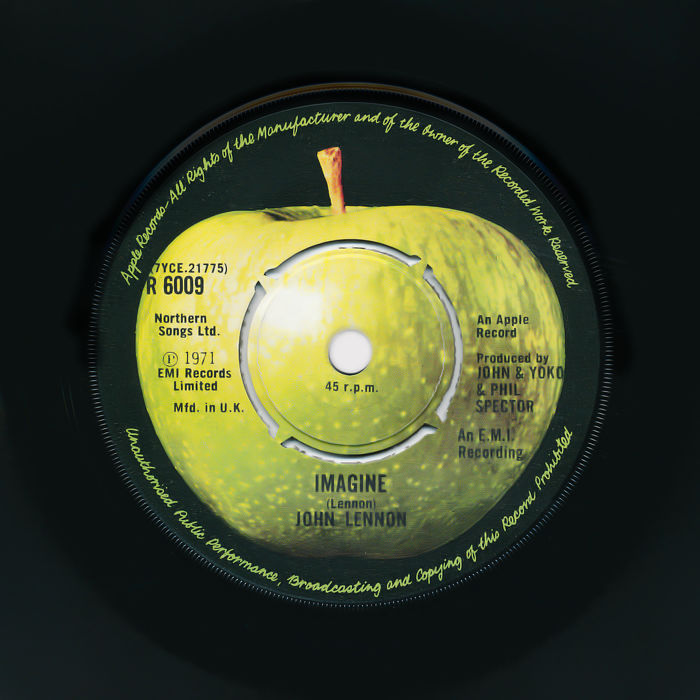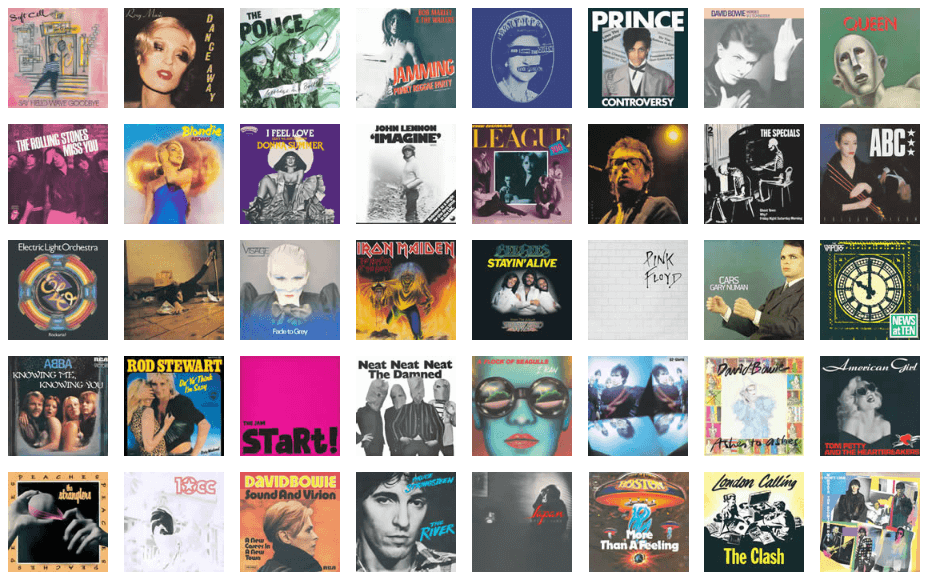The Story Behind The Song
In the early evening of Monday 8 December 1980, John Lennon and his wife Yoko Ono stepped out of the Dakota Apartments in New York City. On his way to a recording session at the Record Plant studios in mid-town Manhattan, the former Beatle paused to sign a few autographs. After a copy of his latest album Double Fantasy was thrust his way, he quickly signed it "John Lennon 1980". Clutching the record, the bespectacled fan moved back, fading into the anonymous shadows from which he emerged six hours later when Lennon and Ono returned. This time the autograph hunter drew a .38 revolver, dropped to one knee and fired five rounds. Despite being rushed to Roosevelt Hospital, John Lennon was pronounced dead half an hour later.
The killer made no attempt to flee and was arrested at the crime scene holding a copy of Catcher In The Rye, the novel by J. D. Salinger. He never provided an adequate reason as to why he murdered Lennon, although he once said it was to become famous. Although his identity is well known, we refuse to gratify his pathetic need further; his life's achievement of being able to pull a trigger does not merit a name check. In trying to rationalise his actions, however, the killer later said that Lennon was a hypocrite: "He told us to imagine no possessions and there he was, with millions of dollars and yachts and farms and country estates, laughing at people like me who had believed the lies and bought the records and built a big part of their lives around his music." Of course, he was referring to the lyrics of Imagine.
Lennon considered Imagine to be among his finest compositions, including anything he had written with The Beatles. Most people interpret the song as a ballad for peace but Lennon described his solo masterpiece as a sugar-coated political statement. It's "anti-religious, anti-nationalistic, anti-conventional, anti-capitalistic, but because it is sugar-coated it is accepted," he stated in one of his final interviews before his murder. "Now I understand what you have to do. Put your political message across with a little honey."
Lennon stated much earlier that's its theme of "no more religion, no more country, no more politics is virtually the Communist Manifesto", although he was quick to add he was not a member of any political movement. On 4 December 1971, when his feud with Paul McCartney spilled onto the pages of Melody Maker, the magazine published an open letter from Lennon in which he said to his former colleague: "So you think Imagine ain't political? It's Working Class Hero with sugar on it for conservatives like yourself! You obviously didn't dig the words."
It is no coincidence that the B-side was Working Class Hero, which is explicitly political and vehemently left-wing. "I think it's a revolutionary song – it's really just revolutionary," Lennon said. "I think it's for the people like me who are working class, who are supposed to be processed into the middle classes" rather than remaining true to their roots. One line faintly echoes the opening of Das Capital, the Marxist Bible: "Keep you doped with religion and sex and TV". With a warmer tone and no expletives, Imagine is the middle-class version.
Yet the video for Imagine could not have been further from Lennon's working class roots in Liverpool. It begins dreamily with Lennon and Ono walking through a mist on their estate to the front door of their mansion. They dissolve reappearing in a cavernous, dimly-lit room. Lennon sits at a white piano singing his sugar-coated revolutionary lyrics, while his wife slowly opens the shutters, infusing the room with light: a visual metaphor for the song.
The first verse also provoked controversy: "Imagine there's no heaven. It's easy if you try. No hell below us. Above us only sky." This upset many people and religious groups, especially in the US, when it was released in 1971 and may still rankle today: at the time of writing, Google omits this verse when returning the lyrics via Musixmatch.
Lennon's paean of peace is regularly placed near the top of the Best Ever Songs polls, so why does it not even make the Top Ten on The Wall for 1981? Our answer is context. It sounds every bar a song from the late sixties and it was only Lennon's brutal murder that propelled the song to the top of the UK charts. Had this tragic event never occurred, Imagine might not have been canonised as such a righteous song. Yet John Lennon would have surely achieved even greater things. Perhaps The Beatles might have sensationally reformed for the Live Aid concert in July 1985, performing on stage for the first time in almost 20 years, and wowed the world all over again.
It's not difficult to imagine.
We hereby instate Imagine by John Lennon on The Wall as No.13 Best Single of 1981
Undoubtedly a classic, but not the dreamy song most people believe it to be. This was comrade Lennon at his most persuasive.Ant B




